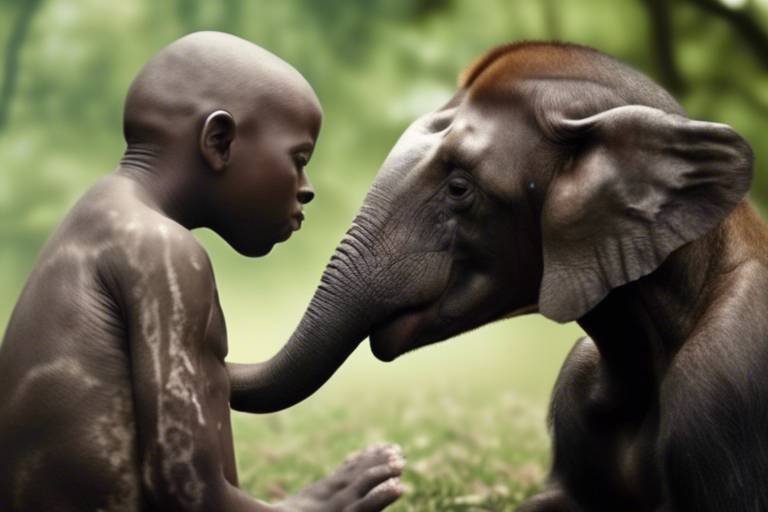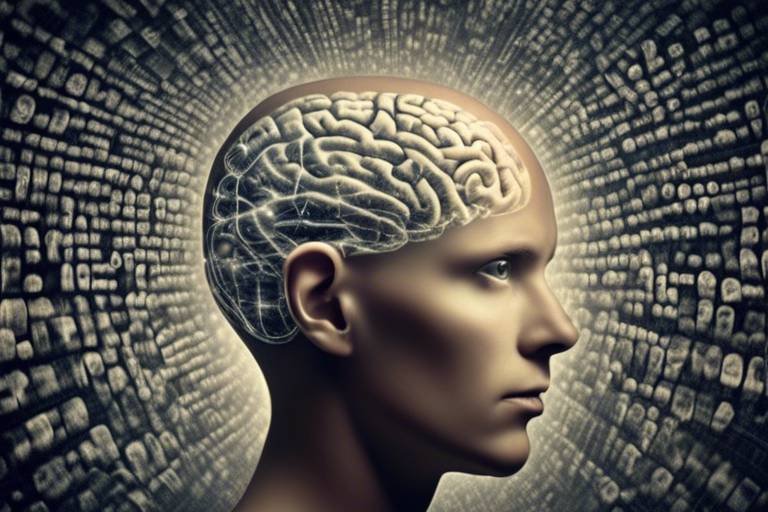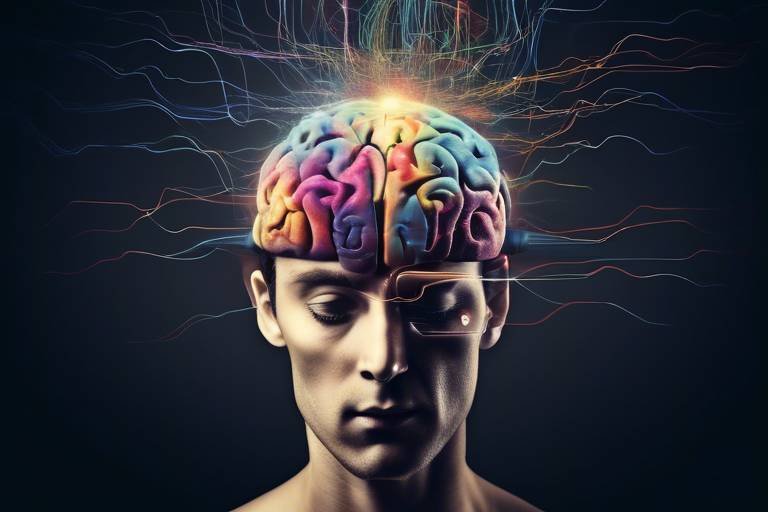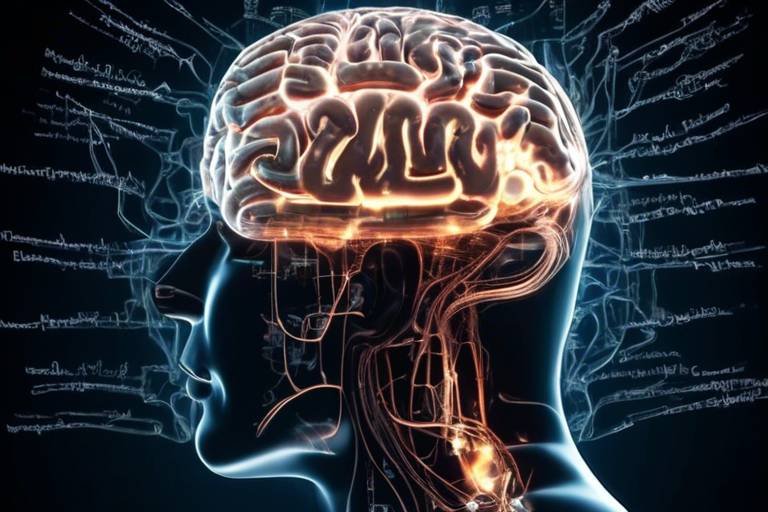Why Animals' Consciousness Differs from Humans?
Have you ever wondered why your dog seems to understand your emotions better than, say, a goldfish? The differences in consciousness between animals and humans are not just fascinating; they are a window into the very essence of what it means to be aware. Consciousness isn't a one-size-fits-all concept; it varies significantly across species, influenced by factors such as brain structure, neurological pathways, and even behavioral expressions. In this article, we will explore the complexities of consciousness in animals compared to humans, examining the scientific, philosophical, and ethical implications of these differences.
To kick things off, let’s consider what we mean by consciousness. It’s a multifaceted concept that includes awareness, perception, and experience. While humans often think of consciousness as a continuous stream of thoughts and feelings, animals might experience it differently. For instance, a dolphin may perceive its environment through echolocation, a sensory experience that humans can’t fully comprehend. This raises an intriguing question: if consciousness is shaped by sensory experience, how can we even begin to compare human and animal consciousness?
As we delve deeper, we find that neurological differences play a significant role in shaping consciousness. The brain is the control center for awareness, and its structure and function vary widely between species. For example, while humans have a highly developed prefrontal cortex, which is responsible for complex decision-making and social interactions, other animals may rely on different brain regions to process information. This leads us to consider how the size and complexity of the brain can impact conscious experience.
In terms of brain size, larger brains often correlate with advanced cognitive abilities. However, size isn’t everything. The complexity of neural connections also matters. Some animals, like crows and octopuses, have relatively small brains but exhibit remarkable problem-solving skills. This complexity can lead to unique experiences of consciousness that differ from those of humans. For instance, a crow might solve a puzzle in a way that seems almost human-like, yet its thought process could be fundamentally different.
Moreover, the neural pathways that connect various parts of the brain can lead to distinct experiences of consciousness. In humans, our neural pathways are wired for complex social interactions and abstract thinking. In contrast, a dog’s brain is structured in a way that enhances its ability to read human emotions and respond accordingly. This divergence suggests that while both species are conscious, their experiences and interpretations of the world can be vastly different.
Behavioral indicators also provide valuable insights into consciousness. Animals display a range of behaviors that suggest awareness, from the way elephants mourn their dead to how dogs exhibit joy when reunited with their owners. These behaviors can be seen as signs of emotional responses, hinting at a level of consciousness that may not be as easily observable in other species. Understanding these behaviors is crucial, as they challenge the notion that consciousness is exclusive to humans.
Philosophically speaking, the discussions surrounding consciousness raise important questions about sentience and moral consideration. If animals possess a form of consciousness, what ethical obligations do we have towards them? This question is particularly relevant in debates about animal rights and welfare. Recognizing animal consciousness can lead to profound implications for how we treat them, influencing everything from conservation efforts to humane treatment practices.
As we explore the implications for animal welfare, it becomes clear that understanding consciousness is not just an academic exercise. It has real-world consequences. For instance, acknowledging that certain animals experience pain and joy similarly to humans can lead to better welfare standards in farming and research. Additionally, conservation efforts can be more effective when we consider the conscious experiences of the species we aim to protect.
Looking ahead, the study of consciousness in animals is still evolving. Emerging research areas, such as the study of animal emotions and cognitive abilities, promise to shed more light on how consciousness differs between species. As we continue to explore these questions, we may find that the line separating human and animal consciousness is blurrier than we once thought.
- What is consciousness? Consciousness refers to the state of being aware of and able to think about one's own existence, thoughts, and surroundings.
- Do animals have consciousness? Yes, many animals exhibit behaviors that suggest they have some form of consciousness, although it may differ significantly from human consciousness.
- Why is understanding animal consciousness important? Understanding animal consciousness can influence ethical considerations regarding animal treatment and welfare standards.
- How do scientists study animal consciousness? Scientists study animal consciousness through behavioral observations, neurological studies, and comparative analyses with human cognition.

Understanding Consciousness
Consciousness is a multifaceted concept that encompasses awareness, perception, and experience. It’s like an intricate tapestry woven from various threads of thought, feeling, and sensory input. But what does it really mean to be conscious? For humans, consciousness often implies a high degree of self-awareness and the ability to reflect on one’s own thoughts and feelings. We can ponder our existence, question our purpose, and even engage in abstract reasoning. But how does this compare to the consciousness of animals?
When we dive into the definitions and theories surrounding consciousness, we find that it’s not a one-size-fits-all concept. Different cultures and disciplines offer varying interpretations. In psychology, consciousness may be viewed as the state of being aware of and able to think about one’s own existence and surroundings. Meanwhile, in philosophy, it raises profound questions about the nature of reality and our place within it. Are we merely biological machines, or is there something more to our conscious experience?
To further complicate matters, animal consciousness adds another layer of intrigue. Many animals exhibit behaviors that suggest a level of awareness and emotional depth. For instance, elephants show signs of grief when they lose a family member, while dolphins engage in complex social interactions. These behaviors challenge the notion that consciousness is exclusively a human trait.
In exploring consciousness, we must also consider the various levels and types. Some animals may possess a form of basic consciousness, allowing them to react to stimuli and navigate their environments, while others may experience a more advanced form, akin to human consciousness. This leads us to consider the spectrum of consciousness, which can be illustrated as follows:
| Type of Consciousness | Description | Examples |
|---|---|---|
| Basic Consciousness | Awareness of surroundings and ability to react | Insects, fish |
| Complex Consciousness | Self-awareness and emotional depth | Primates, elephants, dolphins |
| Advanced Consciousness | Abstract reasoning and reflection | Humans |
As we delve deeper into the subject, we also encounter various theories that attempt to explain consciousness. For example, the Integrated Information Theory posits that consciousness corresponds to the level of information integration occurring in a system. In simpler terms, the more interconnected and complex the neural networks, the richer the conscious experience. This theory opens up exciting avenues for understanding how different species experience their world.
In summary, understanding consciousness is like peeling an onion; each layer reveals new questions and insights. While humans may enjoy a unique form of consciousness characterized by self-reflection and critical thinking, many animals demonstrate their own versions of awareness and emotional engagement. This begs the question: if animals can experience consciousness, what ethical responsibilities do we owe them? The exploration of consciousness in both humans and animals is not just an academic exercise; it has real-world implications for how we treat our fellow beings.
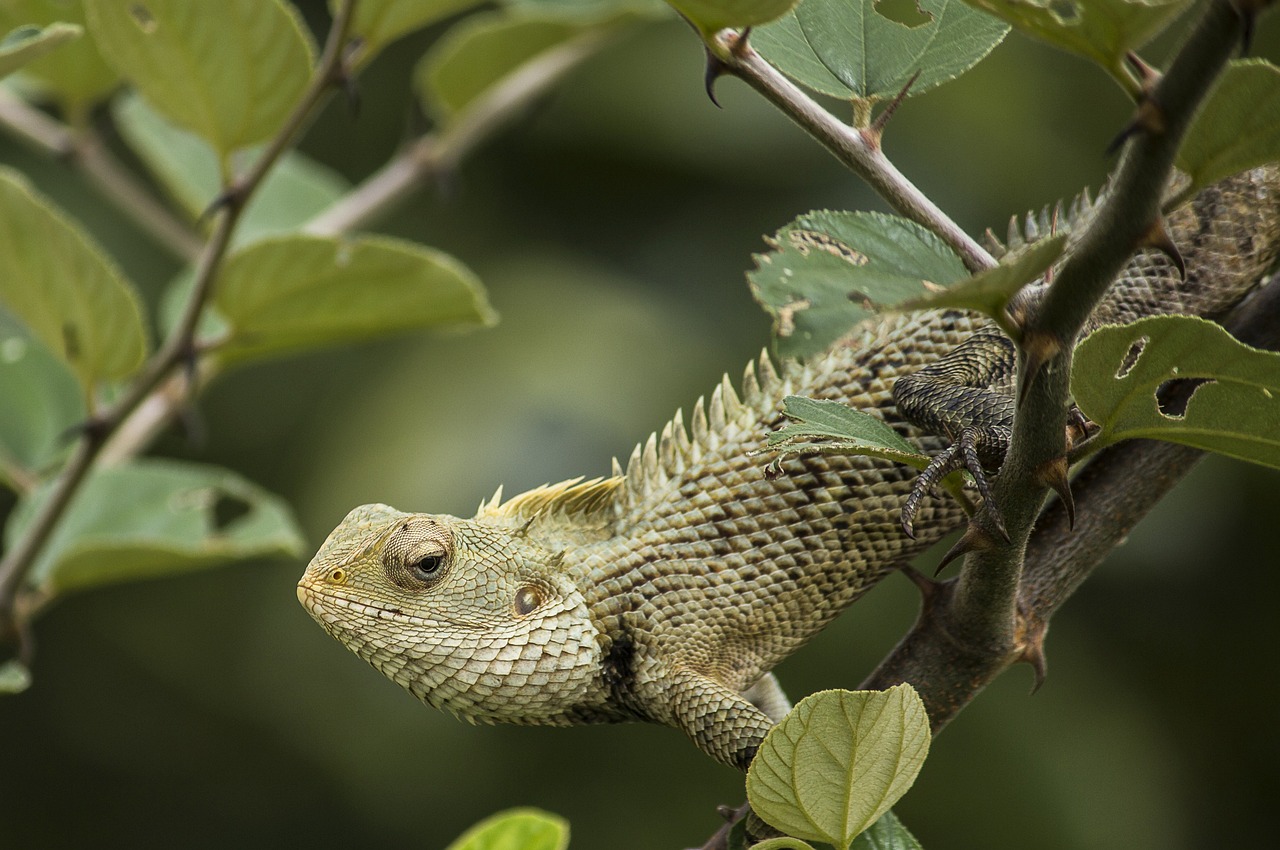
Neurological Differences
When we dive into the fascinating world of consciousness, one of the most significant factors to consider is the between humans and animals. The brain is the epicenter of consciousness, and its structure and function play a pivotal role in how we perceive and experience the world around us. For instance, while humans have a highly developed neocortex, which is responsible for complex thought processes, many animals possess different brain structures that cater to their unique lifestyles and survival needs.
To understand these differences better, we can look at the brain size and complexity across various species. Generally, larger brains are associated with more advanced cognitive abilities, but it’s not just about size. The complexity of the brain’s structure, including the number of neurons and synaptic connections, significantly impacts consciousness. For example, the dolphin's brain is larger than a human's, but its structure is vastly different, leading to unique forms of intelligence and social interaction.
Moreover, the neural pathways in different species can lead to entirely distinct experiences of consciousness. These pathways determine how information is processed and how sensory experiences are interpreted. For instance, birds have a different arrangement of neurons that allows them to process visual information rapidly, which is crucial for their survival. In contrast, humans have developed pathways that enhance our ability to engage in abstract thinking and problem-solving.
| Species | Brain Size (grams) | Key Features |
|---|---|---|
| Human | 1300-1400 | Highly developed neocortex, advanced problem-solving abilities |
| Dolphin | 1500-1600 | Complex social structures, advanced communication skills |
| Elephant | 4000-6000 | Strong memory, social bonds, emotional depth |
| Parrot | 50-100 | Exceptional mimicry, problem-solving abilities |
These differences in brain structure and neural pathways not only highlight the diversity of consciousness across species but also challenge our understanding of what it means to be conscious. It raises questions like: Do animals experience emotions in the same way humans do? Can they engage in self-reflection? The answers to these questions are still being explored, but one thing is clear: the neurological differences between humans and animals are profound and complex, leading to a rich tapestry of consciousness that varies widely across the animal kingdom.
- What is consciousness? Consciousness refers to the state of being aware of and able to think about one's own existence, thoughts, and surroundings.
- How do we measure animal consciousness? Scientists often look at behavioral responses, neurological studies, and cognitive abilities to gauge consciousness in animals.
- Are all animals conscious? While many animals exhibit signs of consciousness, the extent and nature of that consciousness can vary greatly between species.
- What ethical considerations arise from animal consciousness? Recognizing that animals may possess consciousness raises important questions about their treatment, rights, and welfare.
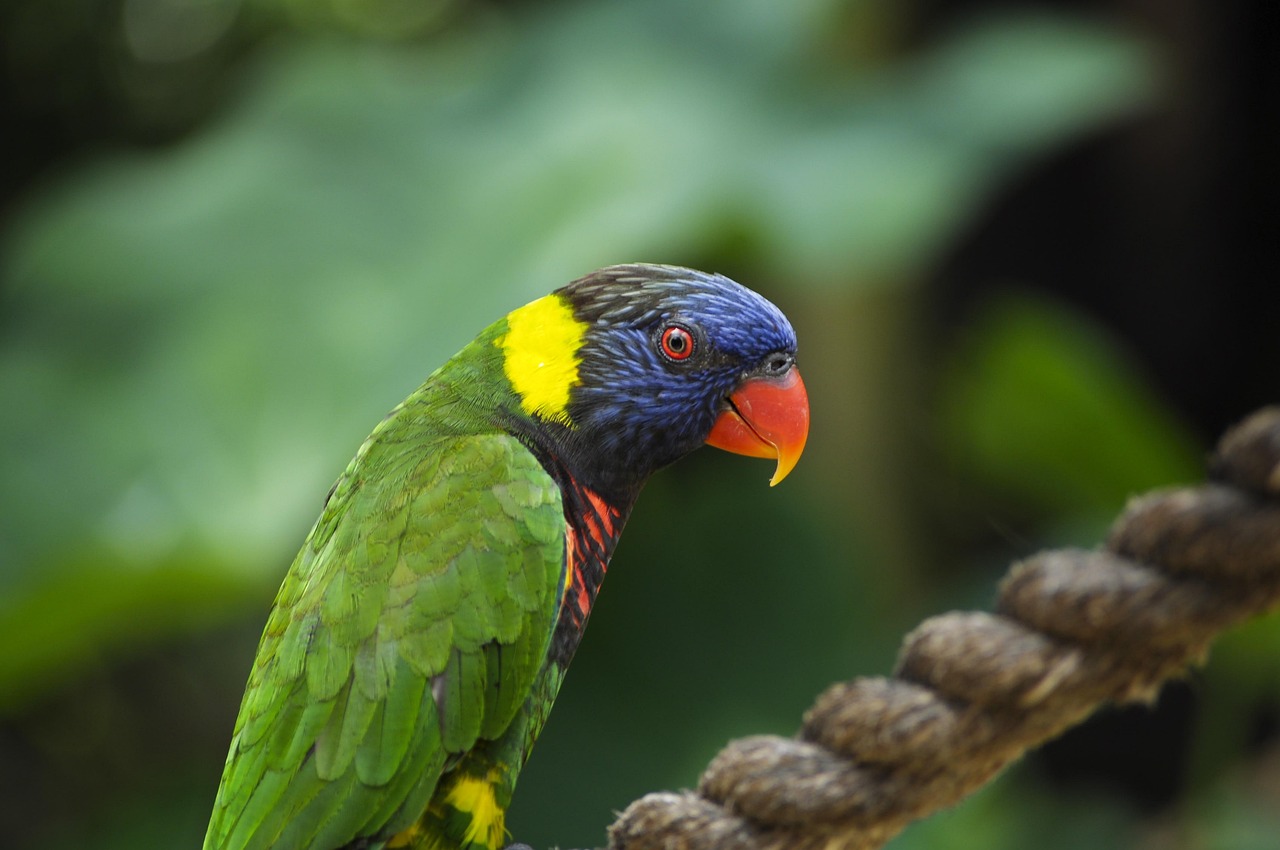
Brain Size and Complexity
When we dive into the fascinating world of consciousness, one of the first aspects we need to consider is the relationship between brain size and complexity. It's like trying to understand a vast ocean by only looking at the surface; there’s so much more beneath. Generally speaking, larger brains are often associated with more advanced cognitive abilities, but it’s not just about size—it's about how those neurons are interconnected. Think of it this way: a big city with a complex network of roads can facilitate more traffic than a small town with a few winding streets. Similarly, a larger, more complex brain can process information in more sophisticated ways.
Studies have shown that certain animals, like dolphins and elephants, have large brains relative to their body size, which suggests they may possess unique cognitive capabilities. However, this doesn't mean that all animals with larger brains are inherently more conscious than those with smaller brains. For instance, the African Grey Parrot, despite its relatively small brain, displays remarkable problem-solving skills and social behaviors. This indicates that brain complexity, including the density of neurons and the structure of neural pathways, plays a crucial role in shaping consciousness.
To illustrate this point, let’s take a look at a comparison of brain structures across various species:
| Species | Brain Size (grams) | Neural Density (neurons per mm3) | Notable Cognitive Abilities |
|---|---|---|---|
| Human | 1400 | 100,000 | Complex reasoning, language, abstract thought |
| Dolphin | 1500 | 60,000 | Social learning, problem-solving |
| Elephant | 5000 | 40,000 | Memory, empathy, tool use |
| African Grey Parrot | 50 | 70,000 | Vocal mimicry, problem-solving |
This table highlights that while brain size and neural density are important, they are not the sole determinants of consciousness. The intricate neural pathways and the way information is processed can vary significantly, leading to different conscious experiences even among animals with similar brain sizes. For example, the way a dog perceives the world is vastly different from a cat, not just because of their brain sizes but due to how their brains are wired. This complexity allows for a rich tapestry of consciousness across species, each with its own unique flavor.
In summary, while there’s a correlation between brain size, complexity, and cognitive abilities, it’s essential to understand that consciousness is not a one-size-fits-all concept. Just like two people can have different experiences of the same event based on their backgrounds and perspectives, animals too can experience consciousness in diverse and intricate ways. So, the next time you ponder the consciousness of your pet or a wild animal, remember that their brain's architecture plays a significant role in shaping their unique experiences of the world.
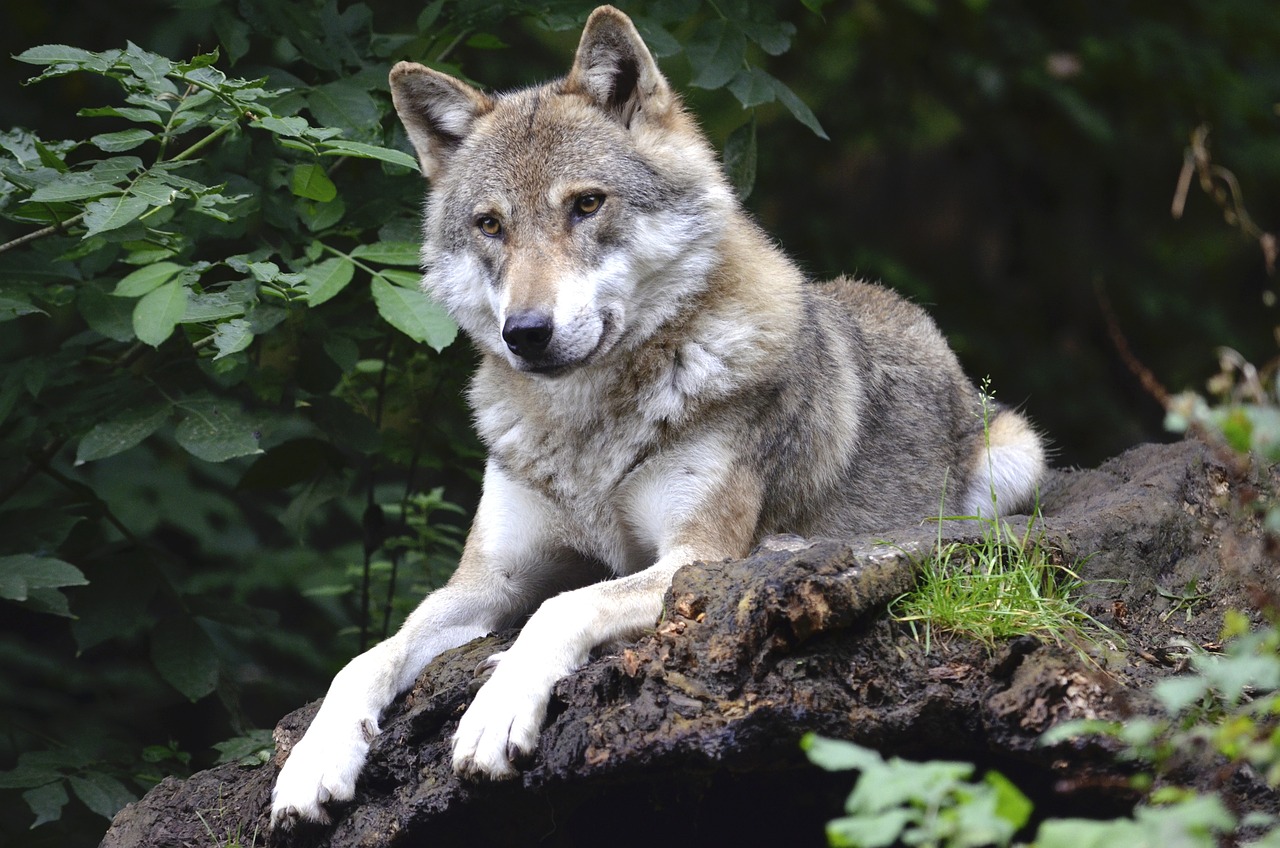
Neural Pathways
When we dive into the intricate world of , we find ourselves exploring the very fabric that shapes consciousness in both humans and animals. These pathways are the highways of the brain, facilitating communication between different regions and allowing for the processing of information. Imagine them as the intricate road systems of a bustling city, where each route plays a vital role in ensuring smooth traffic flow. In humans, the complexity and connectivity of these pathways are often more developed, leading to advanced cognitive functions such as abstract thinking and problem-solving.
However, it's essential to recognize that different species have evolved unique neural pathways that cater to their specific needs and environments. For instance, the neural architecture of a dolphin is significantly different from that of a human, yet both species exhibit remarkable intelligence in their own right. Dolphins possess a highly sophisticated auditory system, which is reflected in their neural pathways that prioritize sound processing. This adaptation allows them to navigate their aquatic world effectively and communicate through echolocation, showcasing a form of consciousness that is distinct yet equally fascinating.
Furthermore, the differences in neural pathways can lead to varied experiences of consciousness. For example, while humans may rely heavily on visual stimuli to interpret their surroundings, many animals, such as dogs, have a heightened sense of smell that influences their perception of the world. This divergence in sensory reliance is mirrored in their neural pathways, which are structured to prioritize different types of information. As a result, the conscious experience of a dog is shaped by its olfactory capabilities, allowing it to perceive and interact with its environment in ways that humans can hardly comprehend.
To illustrate this further, consider the following table that outlines some of the key differences in neural pathways across various species:
| Species | Dominant Sensory Pathway | Conscious Experience |
|---|---|---|
| Humans | Visual | Abstract thinking, problem-solving, and complex emotional responses |
| Dolphins | Auditory | Advanced communication through echolocation and social interactions |
| Dogs | Olfactory | Enhanced perception of environment through smell, emotional bonding with humans |
| Birds (e.g., pigeons) | Visual and navigational | Exceptional spatial awareness and migratory instincts |
In summary, the neural pathways that different species possess are crucial in shaping their unique conscious experiences. By understanding these pathways, we gain insight into how animals perceive their world, interact with their environment, and express their emotions. This knowledge not only enhances our appreciation for the diversity of consciousness across species but also raises profound questions about the nature of awareness itself. Are we truly the only beings capable of complex thoughts and emotions, or do our animal counterparts share a deeper, more intricate consciousness than we realize? The exploration of neural pathways is just one piece of the puzzle in unraveling these mysteries.
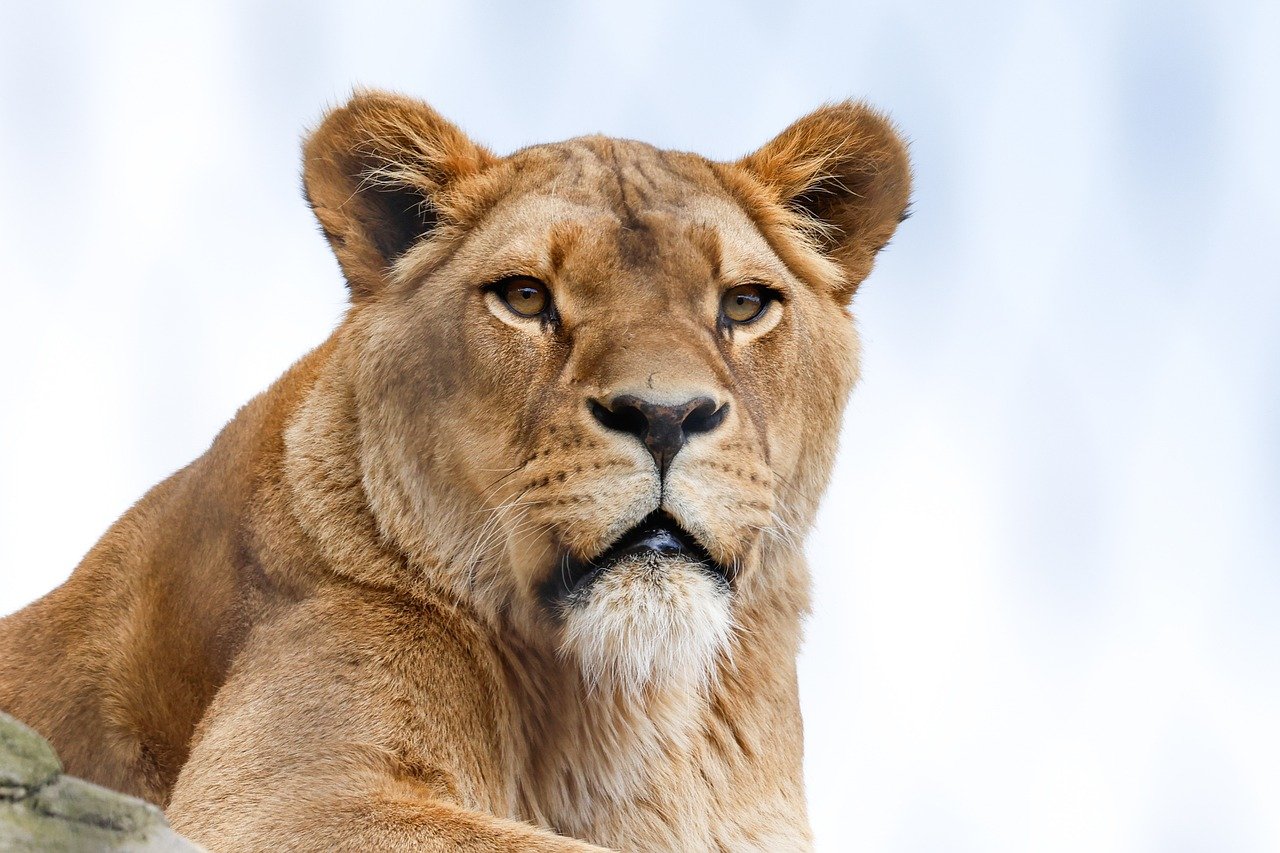
Behavioral Indicators
When we think about consciousness, it’s easy to get lost in the abstract concepts and theories, but the truth is, behavior speaks volumes. Observing how animals behave can provide profound insights into their conscious experiences. For instance, have you ever watched a dog wag its tail or a cat purr? These behaviors are not just random; they are expressions of feelings and awareness. Animals exhibit a range of behaviors that suggest they possess a level of consciousness, even if it differs from ours.
Take, for example, the way elephants mourn their dead. These majestic creatures have been observed touching the bones of deceased companions and displaying signs of distress. This kind of behavior indicates an understanding of loss, suggesting a depth of emotional awareness that aligns with conscious experience. Similarly, dolphins have been seen engaging in playful activities that hint at a sense of joy and social connection. Such behaviors challenge the notion that consciousness is exclusive to humans.
Moreover, certain animals demonstrate problem-solving skills that imply a level of cognitive processing. For instance, crows are known for their remarkable ability to use tools, showcasing not only intelligence but also a conscious awareness of their environment. They can assess situations, manipulate objects, and even plan for the future, which are all indicators of higher consciousness. Isn’t it fascinating how different species showcase their awareness in unique ways?
In addition to emotional expressions and problem-solving, social interactions among animals also serve as behavioral indicators of consciousness. Many species engage in complex social structures and relationships. For example, primates exhibit intricate social behaviors, such as grooming and forming alliances, which suggest an understanding of social dynamics. These interactions can be seen as a reflection of their conscious awareness of themselves and others in their social groups.
To further illustrate these points, let’s take a look at a
| Animal Species | Behavioral Indicators | Consciousness Implications |
|---|---|---|
| Elephants | Mourning rituals, social bonding | Emotional awareness, understanding of loss |
| Dolphins | Playful behavior, vocal communication | Social awareness, emotional intelligence |
| Crows | Tool use, problem-solving | Cognitive processing, planning |
| Primates | Grooming, social hierarchies | Self-awareness, understanding of social dynamics |
It’s important to note that while these behaviors provide insights, they don’t offer a complete picture of an animal’s consciousness. Just as humans express their awareness in diverse ways, animals do too, and we must approach this subject with an open mind. Understanding these behavioral indicators is crucial, as it helps us appreciate the rich tapestry of consciousness that exists beyond our own species. What other behaviors might reveal the hidden depths of animal consciousness?
- What are some common signs of animal consciousness?
Common signs include emotional expressions, problem-solving abilities, and complex social interactions.
- Can animals feel emotions like humans?
Yes, many animals display emotions such as joy, grief, and empathy, which indicates a level of consciousness.
- How do scientists study animal consciousness?
Scientists observe behaviors, conduct experiments, and analyze neurological data to understand consciousness in animals.
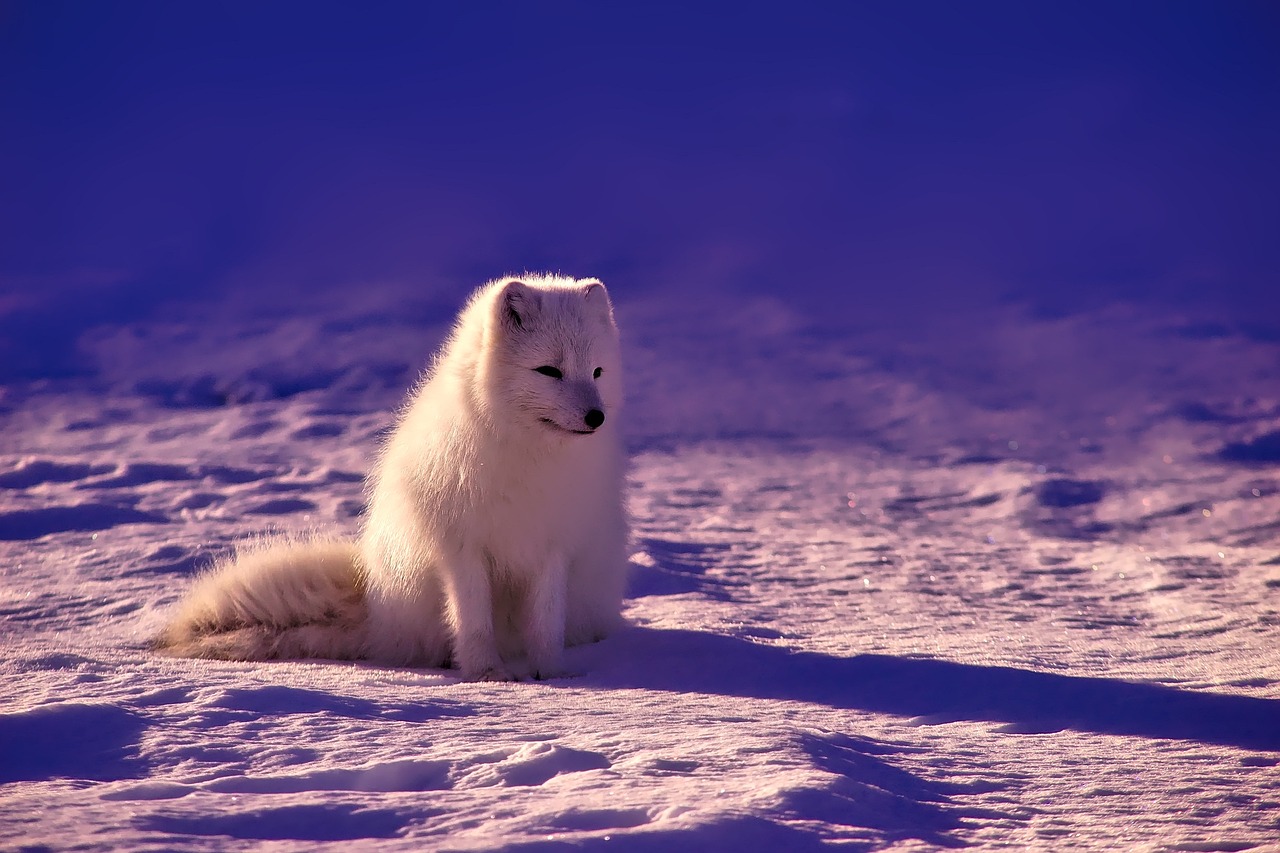
Philosophical Perspectives
When we dive into the deep waters of regarding consciousness, we find ourselves navigating through a complex landscape filled with questions that challenge our understanding of what it means to be aware. One of the primary debates revolves around the concept of sentience, which refers to the capacity to have feelings and experiences. Philosophers like Peter Singer argue that sentience should be the cornerstone of our moral considerations, suggesting that if an animal can feel pain or joy, it deserves ethical consideration. This raises an intriguing question: if animals possess a form of consciousness, how does that shape our responsibilities toward them?
Many philosophical schools of thought offer different lenses through which to view animal consciousness. For instance, utilitarianism emphasizes the greatest good for the greatest number, prompting discussions about how we weigh the suffering of animals against human interests. On the other hand, deontological ethics focuses on the inherent rights of beings, arguing that animals have a right to not be harmed, regardless of the consequences. This dichotomy creates a rich dialogue about the moral implications of our treatment of animals.
Furthermore, the distinction between human and animal consciousness often leads to a debate known as the speciesism argument. This term refers to the bias that humans may have toward their own species, often leading to the conclusion that human experiences are superior. Critics argue that this viewpoint is not only scientifically unfounded but also ethically problematic. If we consider the possibility that animals experience their own forms of consciousness, perhaps we should rethink our position on their moral status.
To illustrate these philosophical perspectives further, consider the following table that summarizes key viewpoints:
| Philosophical Perspective | Key Proponents | Main Argument |
|---|---|---|
| Utilitarianism | Peter Singer | Maximize overall happiness; consider animal suffering. |
| Deontological Ethics | Immanuel Kant | Animals have rights; moral duties exist regardless of outcomes. |
| Speciesism | Richard Ryder | Bias against non-human species is ethically unjustifiable. |
In addition to these perspectives, we must also consider the implications of recognizing animal consciousness in our legal and social frameworks. If we accept that animals have a form of consciousness, it begs the question: should they have legal rights? Some countries have begun to acknowledge animal rights in their legislation, reflecting a growing understanding of their conscious experiences. This shift not only affects how we treat animals but also influences conservation efforts and the ethical considerations surrounding animal research.
Ultimately, the philosophical perspectives on animal consciousness compel us to reevaluate our place in the world. They challenge us to consider not just the cognitive abilities of animals but also their emotional lives. As we continue to explore these ideas, we move closer to a more compassionate and informed approach to our interactions with non-human beings.
- What is the main argument for animal rights? Animal rights proponents argue that if animals can feel pain and experience emotions, they deserve to be treated with respect and dignity.
- How does speciesism affect our treatment of animals? Speciesism leads to biased views that prioritize human interests over those of animals, often justifying unethical treatment.
- Can animals experience consciousness like humans? While the nature of consciousness may differ, many studies suggest that animals have their own forms of awareness and emotional experiences.
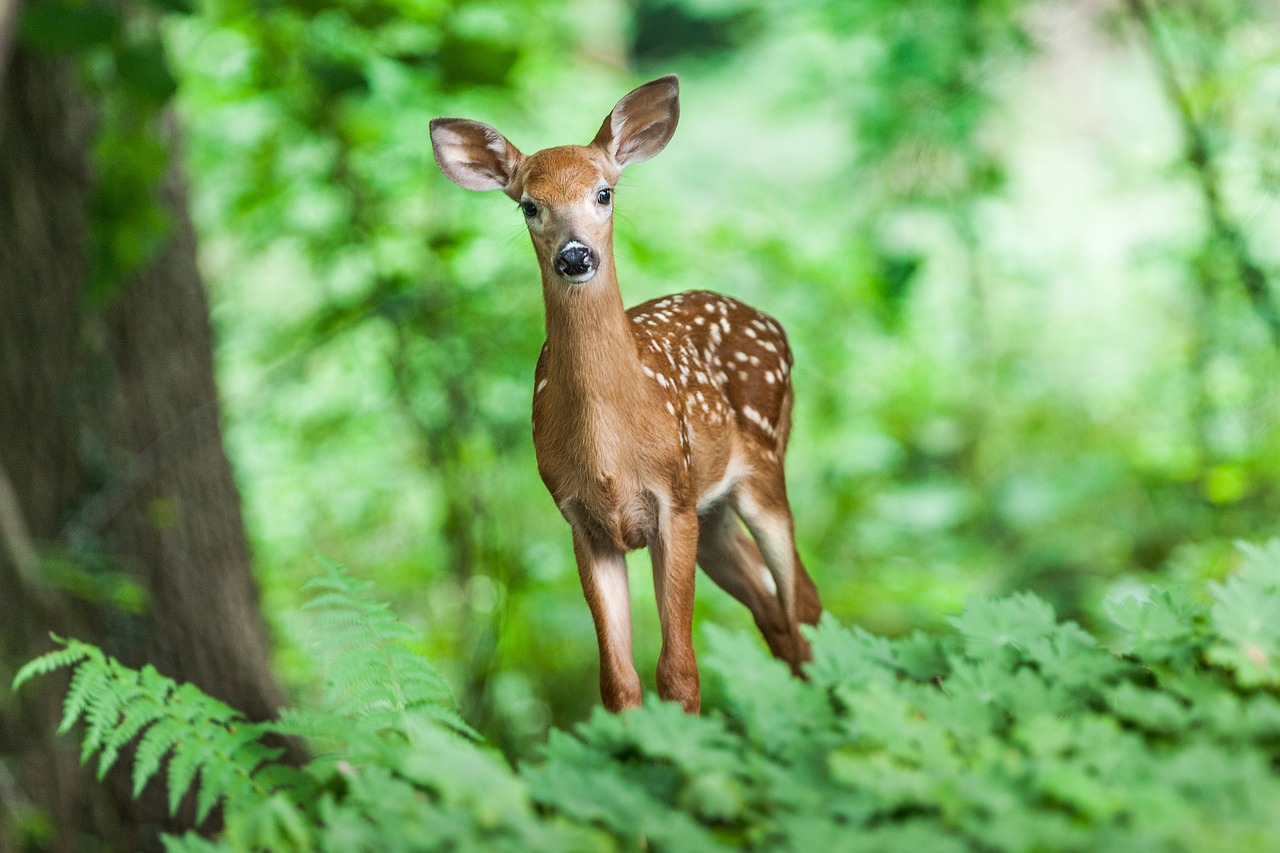
Sentience and Ethics
When we talk about sentience, we're diving into the deep waters of consciousness—specifically, the ability of beings to experience feelings and sensations. It's a fascinating concept that raises critical questions about how we view and treat animals. Are they just instinct-driven creatures, or do they possess a level of awareness that demands our moral consideration? This distinction is crucial because it influences our ethical frameworks and guides our interactions with the animal kingdom.
Sentience is not just a fancy term; it’s the cornerstone of many ethical debates regarding animal rights. For instance, if we acknowledge that animals can feel pain and experience joy, then it becomes our responsibility to ensure their well-being. This recognition shifts the paradigm from viewing animals merely as resources for human use to seeing them as sentient beings deserving of rights and protections. But how do we measure sentience? Is it a universal trait, or does it vary across species? These questions lead to a complex web of ethical considerations.
Many philosophers argue that sentience should be the basis for moral consideration. The more sentient a being is, the more ethical weight its interests should carry. This perspective often leads to a hierarchy of moral concern, where humans are at the top, followed by higher mammals, birds, and so on. However, this hierarchy is increasingly challenged by research showing that many species exhibit signs of complex emotions and social behaviors. Take, for example, the emotional bonds observed in elephants or the problem-solving skills of crows. These examples illustrate that sentience can manifest in unexpected ways, complicating the ethical landscape.
To further explore the implications of recognizing animal sentience, let's consider some ethical frameworks:
| Ethical Framework | Description |
|---|---|
| Utilitarianism | Focuses on the greatest happiness principle, weighing the consequences of actions on all sentient beings. |
| Deontological Ethics | Emphasizes duties and rights, arguing that certain actions are morally obligatory, regardless of outcomes. |
| Virtue Ethics | Centers on the character of the moral agent, promoting compassion and empathy towards all sentient beings. |
Each of these frameworks leads to different conclusions about how we should treat animals. For instance, a utilitarian approach might advocate for reducing suffering in factory farming, while a deontological perspective could argue that certain practices are inherently wrong, regardless of their outcomes. This divergence in thought highlights the complexity of ethical considerations surrounding animal sentience.
Ultimately, recognizing animal sentience is not merely an academic exercise; it has real-world implications. It influences legislation, conservation efforts, and even our day-to-day choices regarding food and entertainment. As we continue to learn more about the conscious experiences of animals, we must also grapple with the ethical responsibilities that come with this knowledge. Are we prepared to change our behaviors and policies to reflect a deeper understanding of the sentient beings we share this planet with? The answer to this question may very well define our moral landscape for generations to come.
- What is sentience? Sentience refers to the capacity to experience feelings, sensations, and emotions.
- Why is sentience important for ethics? Recognizing sentience in animals compels us to consider their well-being and moral rights.
- How can we measure animal sentience? While challenging, scientists study behaviors, neural responses, and emotional expressions to assess sentience.
- Does all sentient life deserve equal moral consideration? This is debated; some argue for a hierarchy based on cognitive abilities, while others advocate for equal consideration.
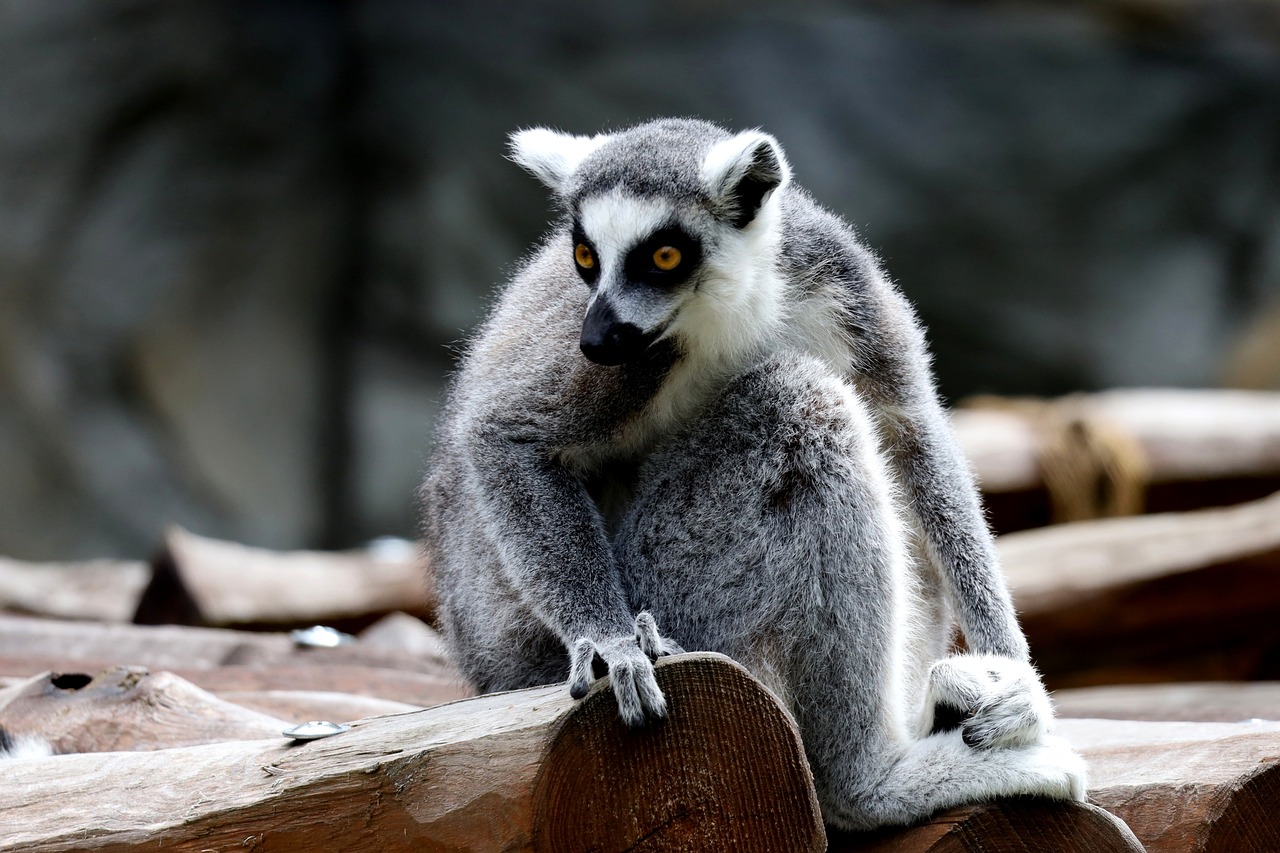
Comparative Consciousness
When we dive into the fascinating realm of , we embark on a journey that challenges our understanding of what it means to be aware. Imagine standing at the edge of a vast ocean, where each wave represents a different species, each with its own unique experience of the world. Just like humans, animals perceive their surroundings, but the depth and quality of that perception can vary dramatically across species. This variability raises intriguing questions: How do dolphins understand their underwater world compared to how a dog perceives its backyard? What does it mean for an octopus to experience consciousness in a completely different environment? These questions are not just academic; they touch on the very essence of what it means to be alive and aware.
Research has shown that different species exhibit varying levels of self-awareness and cognitive abilities. For instance, studies involving mirror tests have demonstrated that some animals, like chimpanzees and elephants, recognize themselves in mirrors, suggesting a level of self-awareness that was once thought to be exclusive to humans. In contrast, many other animals, such as dogs and cats, may not pass this test, but that doesn’t mean they lack consciousness. Instead, it prompts us to reconsider our definitions and the criteria we use to measure consciousness across species.
Furthermore, the concept of theory of mind—the ability to attribute mental states to oneself and others—also varies. Research indicates that certain primates, corvids (like crows), and even some social insects demonstrate a form of theory of mind, allowing them to navigate complex social situations. This capability is akin to having a mental toolbox that helps them understand and predict the actions of others. On the other hand, animals that do not exhibit this trait may still possess a rich inner life; they might just experience the world differently, relying more on instinct and sensory perception rather than cognitive reasoning.
To illustrate these differences, we can look at a comparative table of consciousness indicators across several species:
| Species | Self-Awareness | Theory of Mind | Emotional Responses |
|---|---|---|---|
| Humans | High | High | Complex |
| Chimps | High | Moderate | Complex |
| Dolphins | Moderate | Moderate | Complex |
| Dogs | Low | Low | Simple |
| Crows | Moderate | High | Moderate |
This table serves as a snapshot of the cognitive landscape among various species, highlighting that consciousness is not a one-size-fits-all concept. Each species is equipped with its own set of tools to navigate life, shaped by evolutionary pressures and environmental factors. Understanding these differences not only enriches our knowledge but also fosters a deeper appreciation for the diverse forms of life sharing our planet.
As we continue to explore the depths of consciousness, we must remain open-minded and curious. The more we learn about the rich tapestry of life, the better we can empathize with other beings and recognize their unique experiences. Ultimately, comparative consciousness invites us to reflect on our own awareness and the ethical implications that arise from understanding the minds of our fellow creatures.
- What is comparative consciousness? Comparative consciousness is the study of consciousness across different species, examining how various animals perceive and interact with their environments.
- How do scientists measure animal consciousness? Scientists use various methods, including behavioral tests, neurological studies, and observational research, to gauge the cognitive abilities and self-awareness of different species.
- Can animals experience emotions like humans? Yes, many animals exhibit emotional responses, although the complexity and expression of those emotions may vary significantly between species.
- Why is understanding animal consciousness important? Recognizing the consciousness of animals can inform ethical considerations regarding their treatment, welfare, and conservation efforts.
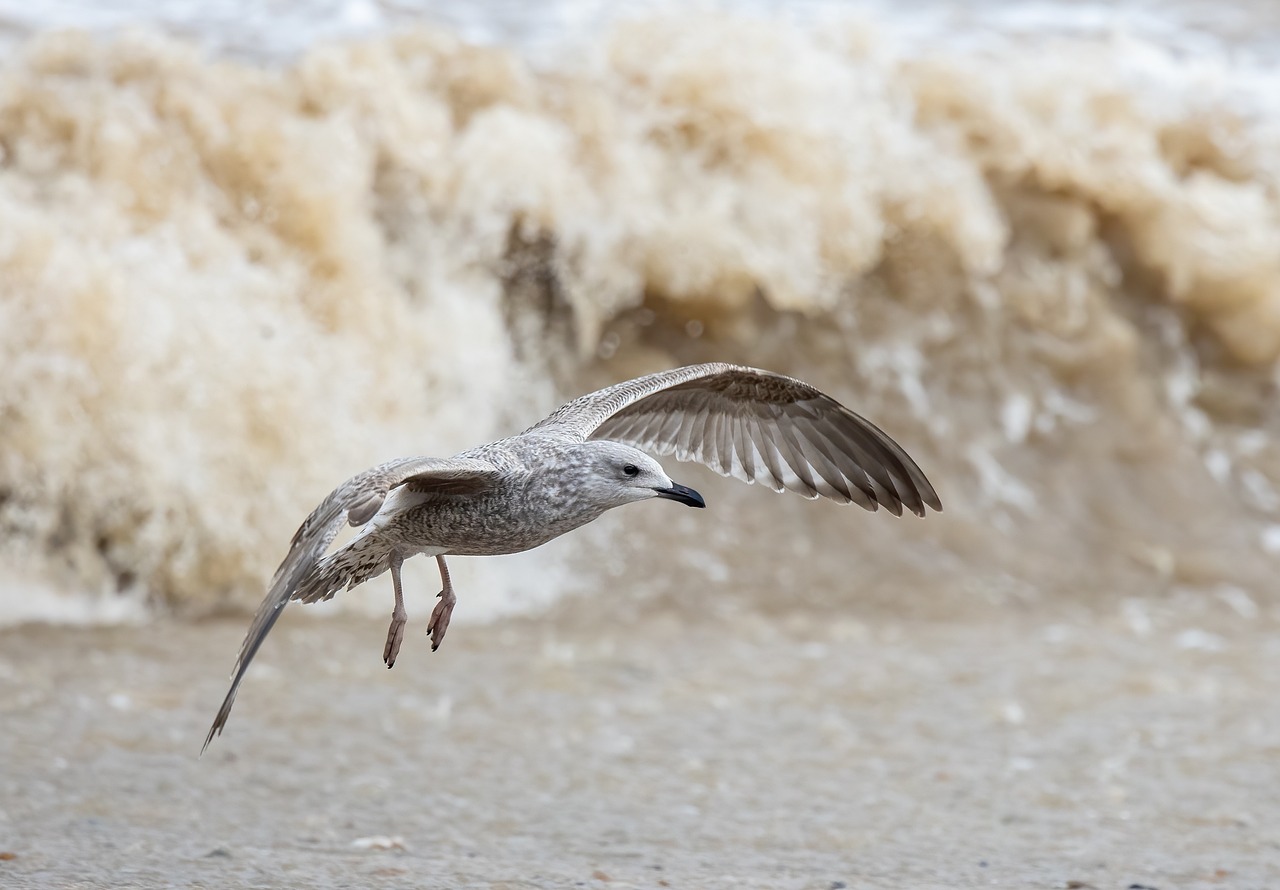
Implications for Animal Welfare
Understanding the differences in consciousness between humans and animals is not just an academic exercise; it has profound . When we recognize that many animals possess varying degrees of awareness, emotion, and cognitive abilities, it challenges us to rethink how we treat them. For instance, if we accept that certain species can experience pain, joy, and even complex emotions like grief, we must consider how our actions affect their well-being.
One of the most significant implications of this understanding is the need for humane treatment practices. Animals in various settings—be it farms, laboratories, or zoos—often face conditions that disregard their emotional and physical needs. By acknowledging their consciousness, we can advocate for better living conditions, enriched environments, and practices that promote their mental health. For example, animals like elephants and dolphins thrive in social environments that allow them to express natural behaviors, which is often neglected in captivity.
Moreover, recognizing animal consciousness can influence conservation efforts. When we see animals as sentient beings, we are more likely to support initiatives that protect their habitats and ensure their survival. This shift in perspective can lead to stronger laws and regulations aimed at preserving not just species but the ecosystems they inhabit. For instance, conservation programs that focus on the well-being of animals, such as creating wildlife corridors or restoring natural habitats, can significantly enhance their quality of life.
Additionally, the ethical treatment of animals extends beyond just welfare; it raises questions about our responsibilities as stewards of the planet. As we learn more about animal consciousness, we are compelled to ask ourselves: What rights should animals have? Should we prioritize their needs over certain human interests, like entertainment or profit? These questions are crucial as they inform public policy and societal norms regarding animal rights.
In light of these implications, many organizations are advocating for a shift in public perception. Campaigns aimed at raising awareness about animal suffering and promoting ethical practices are gaining traction. For example, the movement towards plant-based diets and cruelty-free products is rooted in the understanding that animals deserve better treatment. By choosing products that are ethically sourced, consumers can drive change in industries that have historically prioritized profit over welfare.
Ultimately, the implications for animal welfare are vast and interconnected. As we deepen our understanding of consciousness in animals, we must also consider how our choices impact their lives. It’s a call to action for individuals, communities, and policymakers alike to advocate for a world where animals are treated with the respect and dignity they deserve.
- What is animal consciousness? Animal consciousness refers to the awareness and perception that animals have about themselves and their environment, which can vary significantly across species.
- How does understanding animal consciousness affect welfare practices? Recognizing that animals are sentient beings encourages the development of more humane treatment practices that cater to their emotional and physical needs.
- Why is animal welfare important? Animal welfare is crucial because it reflects our ethical responsibilities toward other living beings and impacts biodiversity, ecosystem health, and human welfare.
- What role does legislation play in animal welfare? Legislation can enforce standards for humane treatment, protect endangered species, and regulate industries that exploit animals.

Future Research Directions
As we delve deeper into the complexities of consciousness, it becomes increasingly clear that our understanding of animal consciousness is still in its infancy. The future of research in this field holds immense potential for unlocking the mysteries surrounding how different species experience their world. One promising direction is the advancement of neuroimaging technologies, which allow us to visualize brain activity in real-time. These tools can help researchers identify specific neural correlates of consciousness in various animals, offering a clearer picture of how their brains process information compared to ours.
Moreover, interdisciplinary approaches combining ethology (the study of animal behavior) with neuroscience could provide groundbreaking insights. By observing how animals interact with their environment and correlating these behaviors with neurological data, we can begin to understand the subjective experiences that underlie their actions. For instance, examining social behaviors in primates or communication patterns in cetaceans (whales and dolphins) could reveal much about their conscious experiences.
Another exciting avenue for future research is the exploration of species-specific consciousness. Each species has evolved unique adaptations that influence how they perceive reality. For example, birds have exceptional visual acuity, allowing them to see ultraviolet light, while dogs have an extraordinary sense of smell. Understanding how these sensory differences shape their conscious experiences could lead to a more nuanced appreciation of animal sentience.
Furthermore, ethical considerations surrounding animal welfare and rights are increasingly becoming a focal point in consciousness research. As we gather more evidence supporting the idea that many animals possess a level of consciousness, it raises critical questions about how we treat them. Research could focus on developing ethical frameworks that account for the varying degrees of consciousness across species, ensuring that all animals are treated with the respect and dignity they deserve.
Finally, comparative studies that examine consciousness across a wide range of species will be essential. By analyzing the similarities and differences in conscious experiences, we can gain insights not only into the evolutionary origins of consciousness but also into the fundamental characteristics that define sentience itself. This could lead to a more integrated understanding of consciousness that encompasses both human and non-human experiences.
In conclusion, the future of consciousness research in animals is ripe with possibilities. From technological advancements to ethical considerations, the journey ahead promises to enrich our understanding of consciousness and its implications for both humans and the animal kingdom.
- What is consciousness in animals? Consciousness in animals refers to their awareness and ability to experience sensations, emotions, and thoughts, similar to humans.
- How do scientists study animal consciousness? Researchers use various methods, including neuroimaging, behavioral studies, and comparative analysis, to explore consciousness in different species.
- Why is understanding animal consciousness important? Recognizing the consciousness of animals can lead to better welfare practices, ethical treatment, and conservation efforts.
- Are there differences in consciousness among animal species? Yes, different species exhibit varying degrees and types of consciousness based on their brain structure, sensory capabilities, and social behaviors.
Frequently Asked Questions
- What is consciousness, and how is it defined in animals?
Consciousness is a complex concept that involves awareness, perception, and subjective experience. In animals, consciousness can manifest differently based on their neurological structures and behaviors. While humans have a highly developed sense of self and abstract thinking, many animals exhibit varying degrees of awareness and emotional responses that suggest their own forms of consciousness.
- How do neurological differences affect consciousness in animals compared to humans?
The brain's structure and function play a crucial role in shaping consciousness. Humans possess a larger and more complex brain, particularly in areas associated with higher cognitive functions. In contrast, different animals have unique neural pathways and brain configurations that influence their conscious experiences, leading to diverse perceptions of the world around them.
- Can behavior indicate the level of consciousness in animals?
Absolutely! Observing an animal's behavior can provide valuable insights into its consciousness. For instance, animals that display problem-solving skills, social interactions, and emotional responses often indicate a higher level of awareness. These behaviors can suggest that they experience feelings and thoughts, similar to humans.
- What philosophical perspectives exist regarding animal consciousness?
Philosophical discussions around consciousness raise critical questions about sentience and moral considerations. Some philosophers argue that recognizing animal consciousness is essential for ethical treatment, while others debate the extent to which animals can experience consciousness. These discussions can influence how society views and treats different species.
- How does understanding animal consciousness impact animal welfare?
Recognizing the differences in consciousness between humans and animals has significant implications for animal welfare. It can lead to more humane treatment practices, informed conservation efforts, and better policies that protect animal rights. Understanding their conscious experiences can help us advocate for their well-being in various contexts.
- What are the future research directions in the study of animal consciousness?
The study of consciousness in animals is an evolving field with many emerging research areas. Future studies may focus on comparative consciousness across species, the neurological basis of awareness, and the ethical implications of recognizing animal sentience. These inquiries could further illuminate our understanding of consciousness in both animals and humans.

